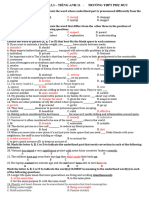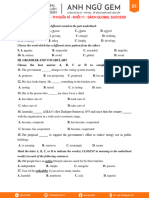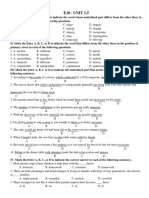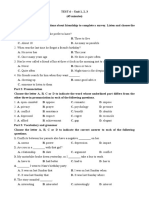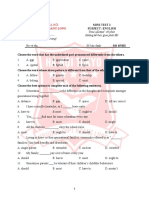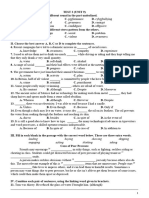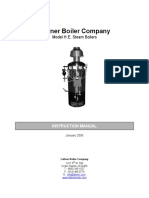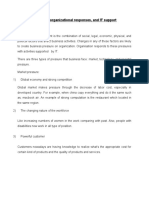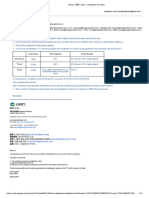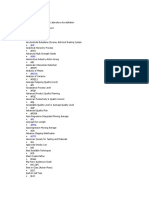0% found this document useful (0 votes)
23 views17 pagesDemo 4 (With Keys)
The document contains a series of questions related to pronunciation, language usage, and comprehension, along with answers and explanations. It covers topics such as peer influence, parent-teen conflicts, and the importance of independence during adolescence. Additionally, it includes exercises for identifying correct word choices and sentence structures.
Uploaded by
lephuonganhbangtan1306Copyright
© © All Rights Reserved
We take content rights seriously. If you suspect this is your content, claim it here.
Available Formats
Download as DOCX, PDF, TXT or read online on Scribd
0% found this document useful (0 votes)
23 views17 pagesDemo 4 (With Keys)
The document contains a series of questions related to pronunciation, language usage, and comprehension, along with answers and explanations. It covers topics such as peer influence, parent-teen conflicts, and the importance of independence during adolescence. Additionally, it includes exercises for identifying correct word choices and sentence structures.
Uploaded by
lephuonganhbangtan1306Copyright
© © All Rights Reserved
We take content rights seriously. If you suspect this is your content, claim it here.
Available Formats
Download as DOCX, PDF, TXT or read online on Scribd
/ 17








